AccuWeather meteorologists are available 24/7 to provide further insights and updates on evolving weather conditions. Please contact pr@accuweather.com during regular business hours, or support@accuweather.com or call AccuWeather’s Media Hotline at (814)-235-8710 at any time to arrange interviews with AccuWeather experts or to request the most updated graphics for print or broadcast.
Carolinas slammed by flooding and tornadoes; Debby threatens Middle Atlantic and Northeast with heavy rainfall and potentially severe flooding
August 8, 2024
> Life-threatening flash flooding risk extends from the mid-Atlantic through
New England
> Risk of tornadoes stretches along the East coast from the Carolinas through
Vermont over the next 48 hours
> Debby is a 3 on the AccuWeather RealImpact™ Scale for Hurricanes in the
United States due to the impacts through the Southeast and the flooding rainfall
and dangerous storm surge, as well as continued gusty winds east of the track
of the storm as it heads toward and through the Northeast
> AccuWeather expert meteorologists are closely monitoring a new potential
tropical threat in the Atlantic with a medium risk of development next week
AccuWeather Global Weather Center – August 8, 2024
Debby’s movement is forecast to gain speed quickly over the next 24 hours as the threat of flooding and tornadoes shifts from the Southeast and expands into the mid-Atlantic and Northeast.
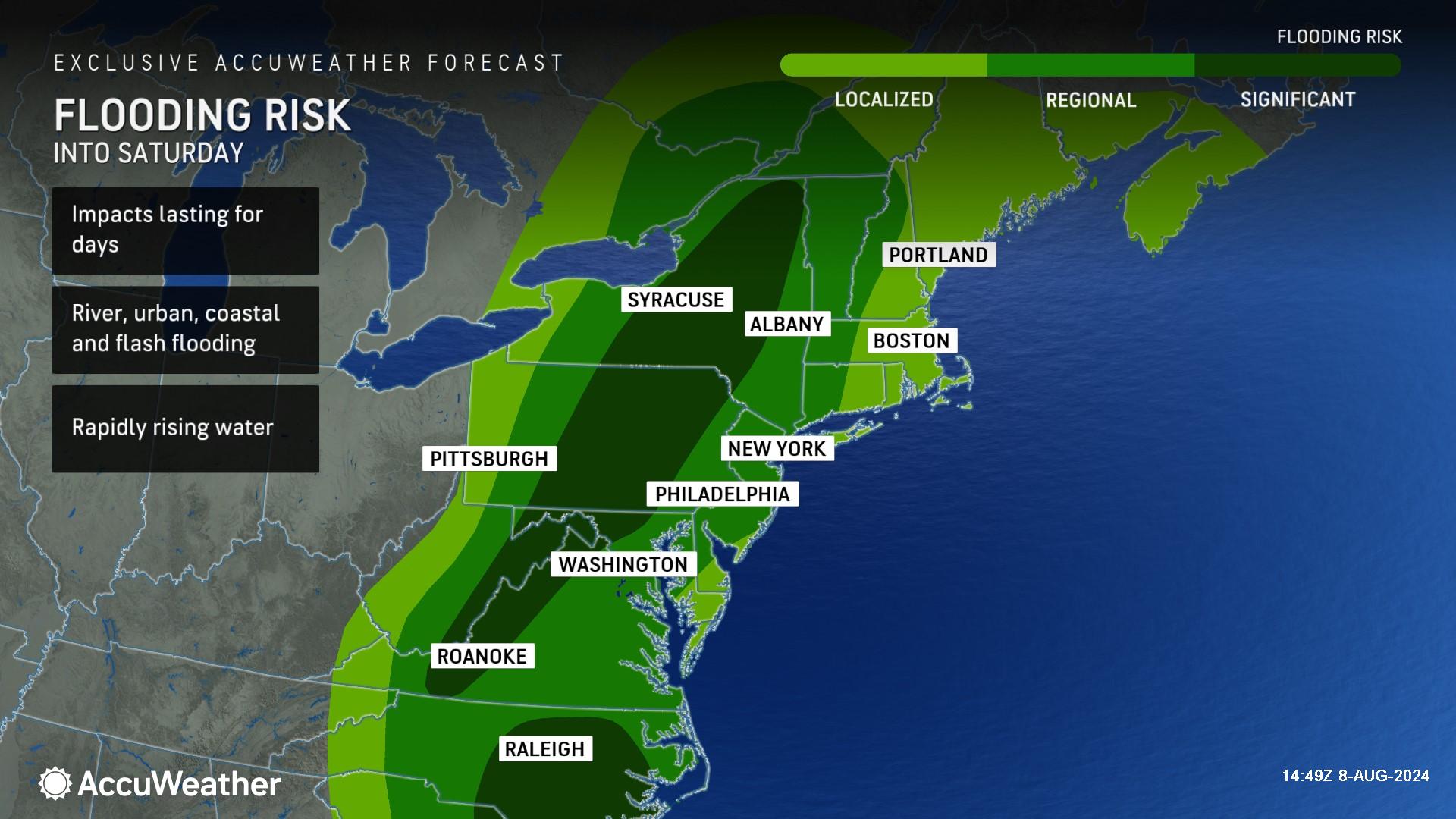
Debby made a second landfall as a tropical storm near Bulls Bay, South Carolina, early Thursday morning and moved inland with intense flooding rainfall. Several tornadoes also spun up in Debby’s rainbands Thursday, damaging homes, a school and other buildings across North Carolina and sadly leading to the loss of life.
"The combination of tropical-storm-force winds will have trees bobbing and tipping in the saturated soil, and a number may topple over that can lead to property damage and power outages," said AccuWeather Meteorologist Brandon Buckingham.
AccuWeather expert meteorologists say there is a high risk to lives and property from southwestern Virginia through Vermont and into Atlantic Canada.
Threats shift toward the Northeast
A broad area along the Southeast coast is expected to end up with up to 4-8 inches of rain with a corridor of 8-12 inches close to the projected path of the storm. As Debby moves northward Thursday, it will track near the spine of the Appalachian Mountains and interact with the terrain. AccuWeather Senior Director of Forecasting Operations Dan DePodwin says the interaction will cause heavy rainfall with totals as high as 12 inches, which can lead to significant flooding across portions of the central Appalachians.
“There is a serious risk of flooding from Virginia all the way through the Northeast. We’re concerned about the impacts of the terrain, especially in Virginia through south-central Pennsylvania,” explained DePodwin. “The flow from the southeast will upslope against the mountains, squeezing out more moisture. That’s why we’re concerned about significant flooding in western Virginia through the Laurel Highlands of Pennsylvania.”
The risk of flooding will impact an area that has been dealing with flash drought this summer.
“Virginia has been dealing with very dry conditions from a drought this summer,” said DePodwin. “Unfortunately, many droughts end in floods. Even though it’s dry, when you see 2-3 inches of rain per hour over very dry ground, you can still see significant runoff and flooding problems.”
AccuWeather Meteorologist Joseph Bauer says Debby will continue to cause major travel disruptions on the highways and at airports across the region. AccuWeather is forecasting 2,400 flight cancellations in the United States on Friday.
"Even along portions of Interstate 95 and the immediate Atlantic coast in the Northeast, torrential downpours in days prior to Debby's arrival have saturated the ground, so it may not take as much rain to lead to flash flooding and rises on the rivers,” said Bauer.
AccuWeather expert meteorologists say families and businesses along Debby’s forecast path through the Northeast should be prepared for flash flooding.
“Unlike farther south, where drought conditions remained, there has been a lot of rain in the Northeast in recent days, and many rivers are primed to flood. If we do see pockets of heavy rainfall in places like New Jersey, eastern New York and western New England, we could see some significant river flooding,” warned Sosnowski. “The heaviest rainfall should mostly stay to the west of Vermont and New Hampshire. Those areas have been hit hard by flooding multiple times this summer. We’ll monitor this region closely. If Debby tracks a bit farther to the east, those communities impacted by recent flooding could see more heavy rainfall.”
More tropical trouble on the horizon?
AccuWeather expert meteorologists are closely monitoring a tropical wave in the Atlantic with a medium risk of development potential early next week.
“This potential tropical threat is battling dry air, but as it gets closer to the Lesser Antilles, the dry air and disruptive wind shear will decrease, which could allow this tropical wave to develop,” said AccuWeather Lead Hurricane Expert Alex DaSilva. “Waters are extremely warm right now. It’s really only the dry air that would prevent any potential tropical threats from organizing and developing.”
DaSilva said families, businesses, and officials along the Atlantic and Gulf coasts need to remain vigilant this hurricane season.
“We are quickly approaching the peak of hurricane season. The frequency of tropical threats typically starts picking up in mid-August,” said DaSilva. “We closely monitor and track every single tropical wave coming off of Africa and moving over the Atlantic for possible development.”
AccuWeather is forecasting an “explosive” hurricane season. DaSilva and the team of AccuWeather hurricane experts predict 20-25 named storms and four to six direct impacts to the United States this season.
AccuWeather Forecast Graphics
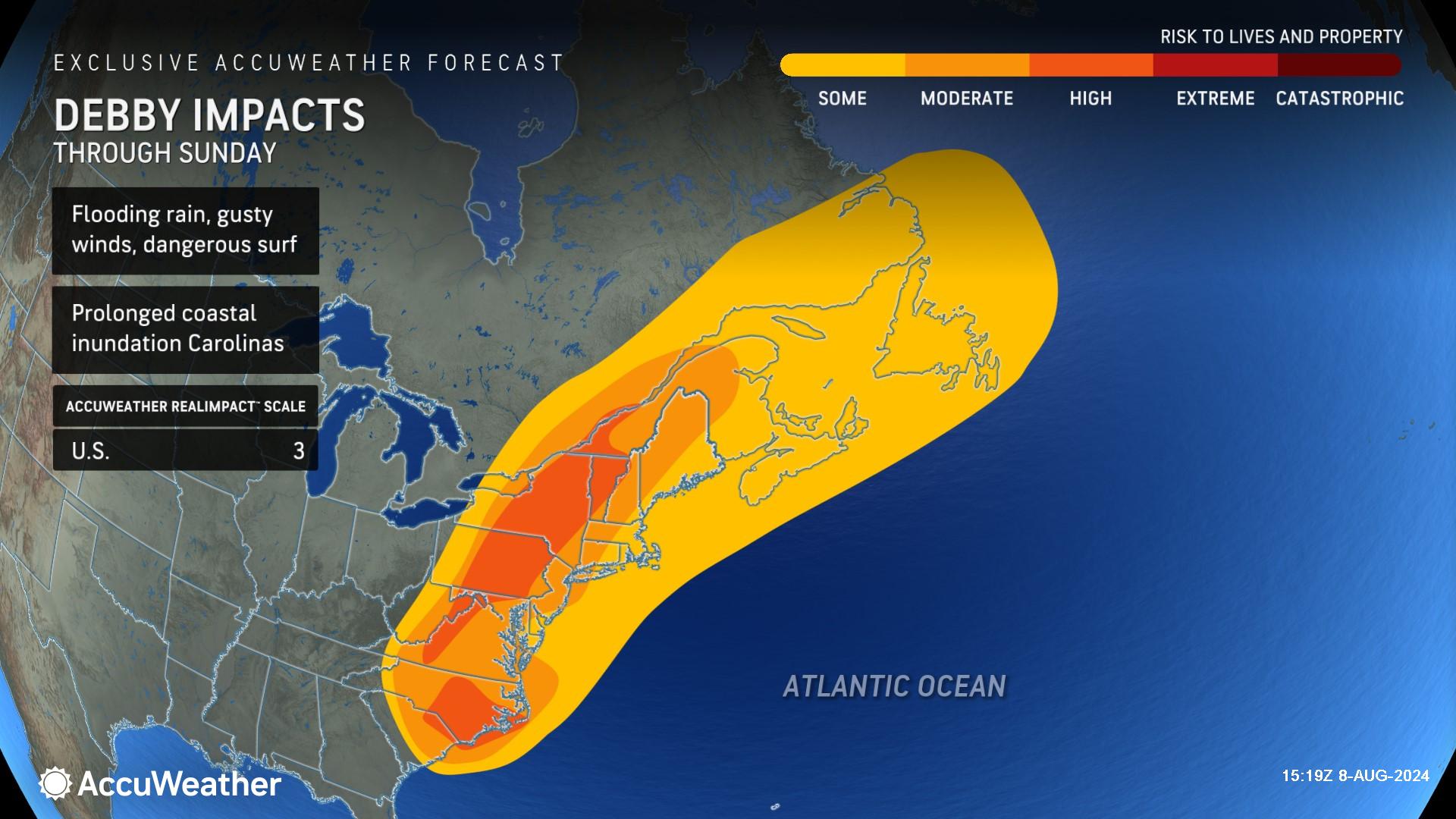
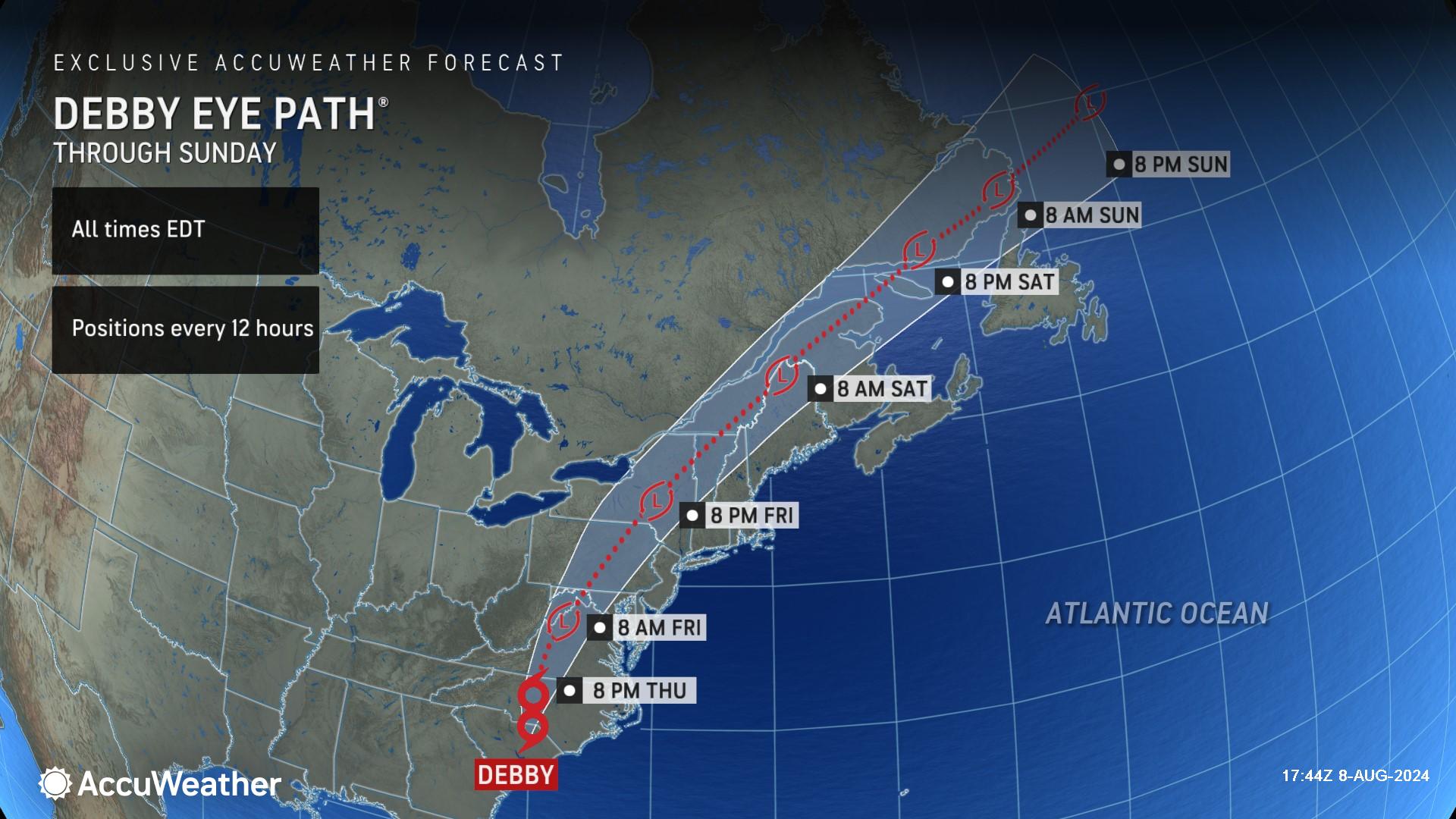
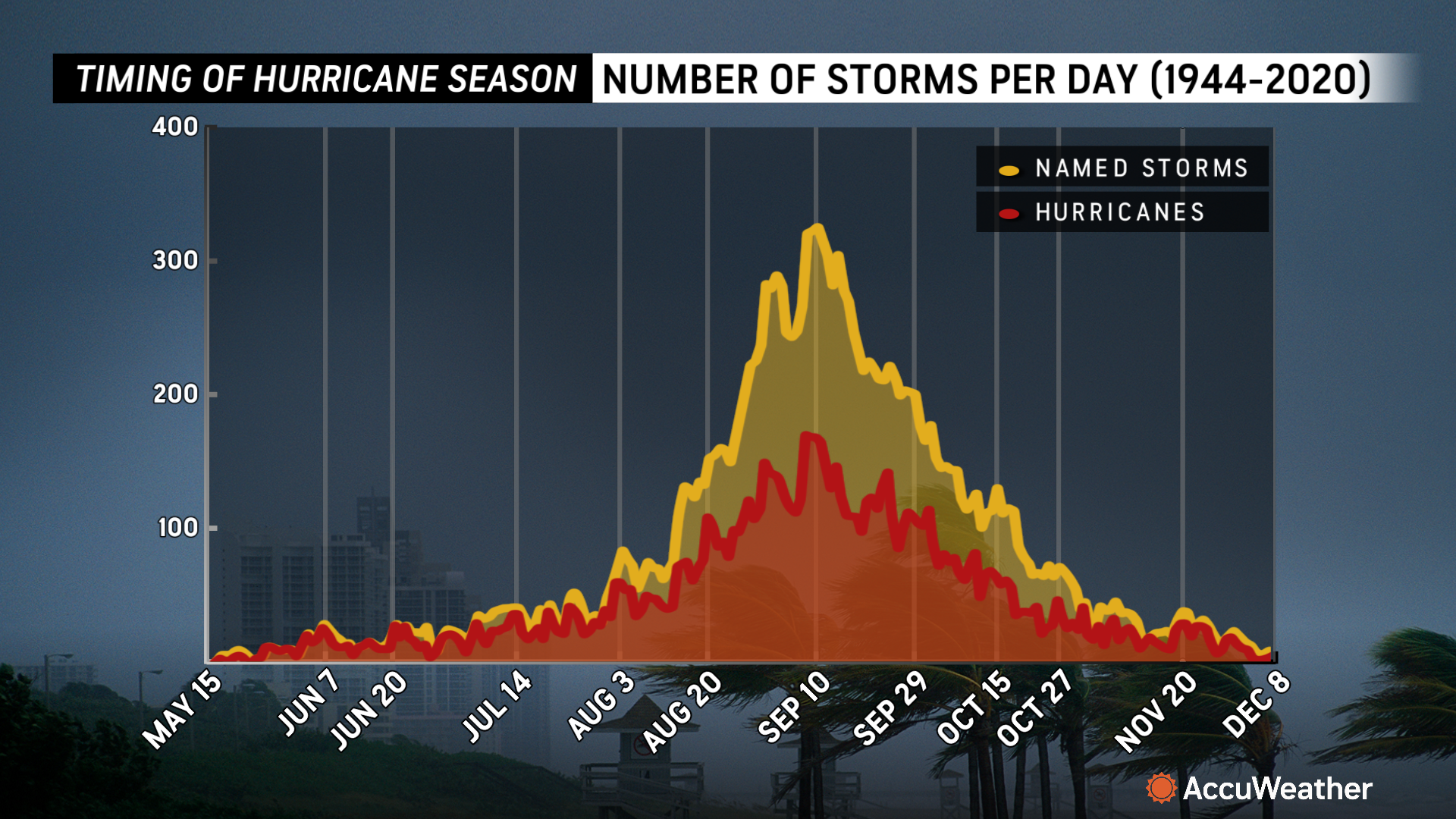

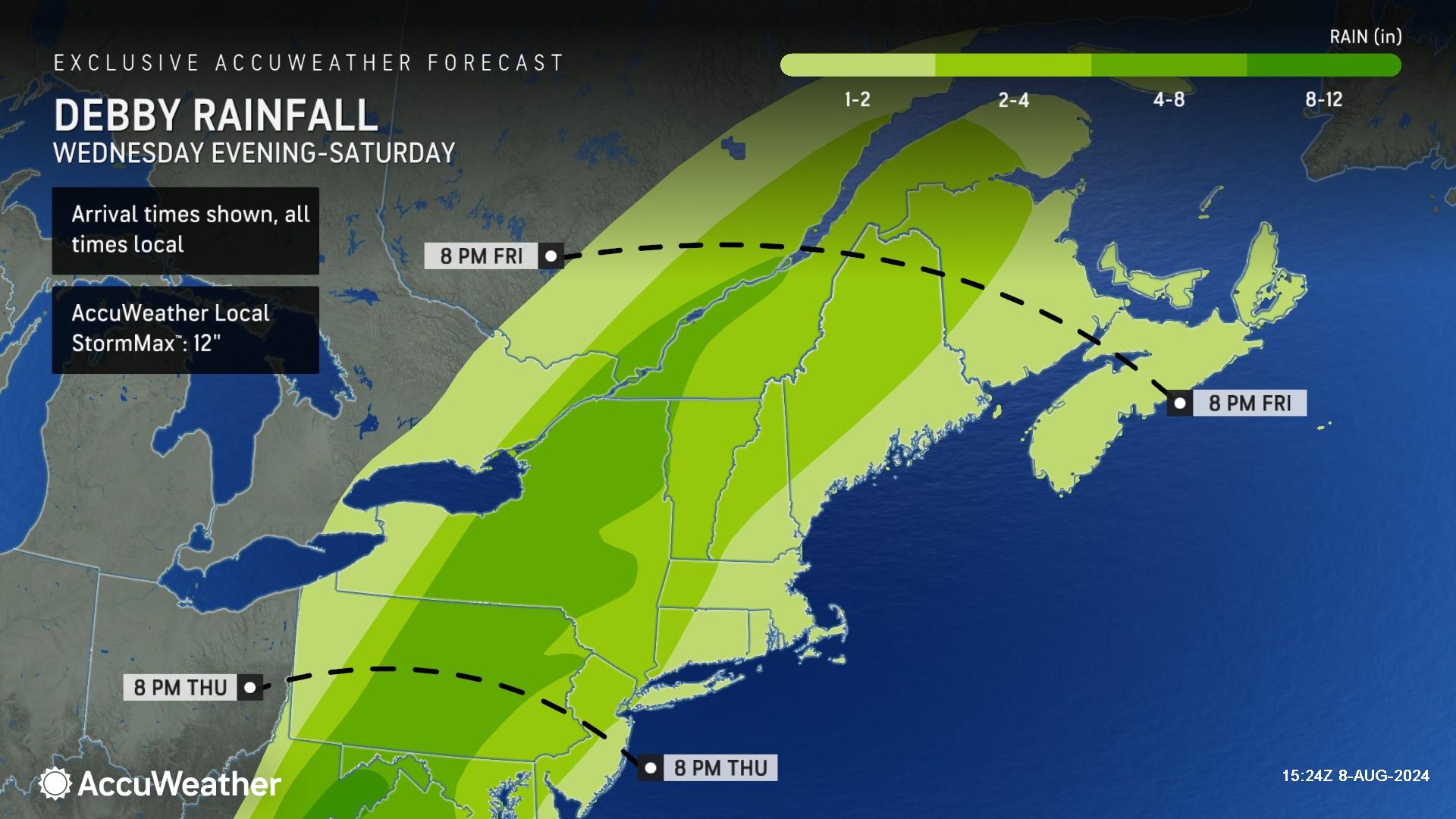
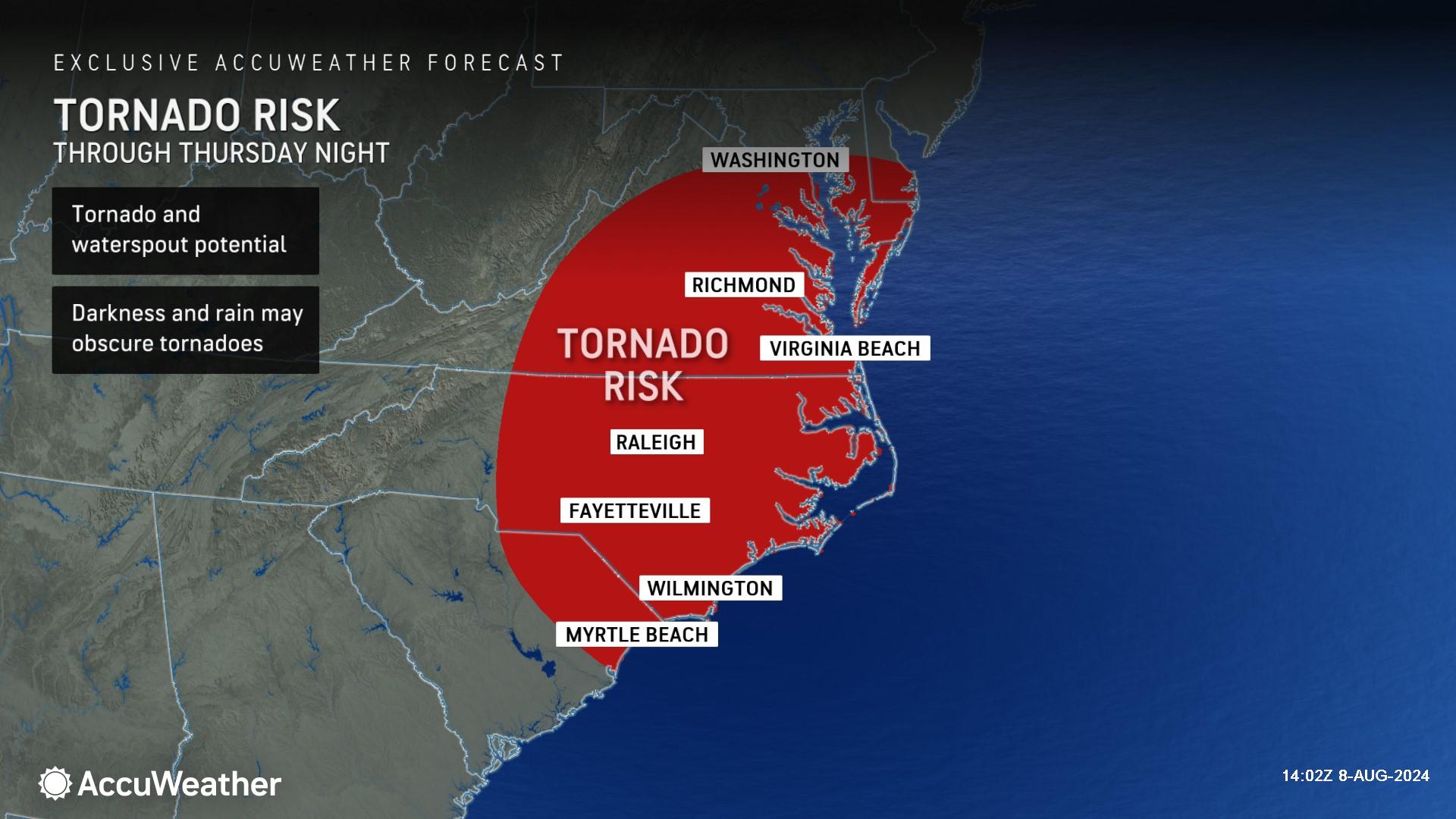
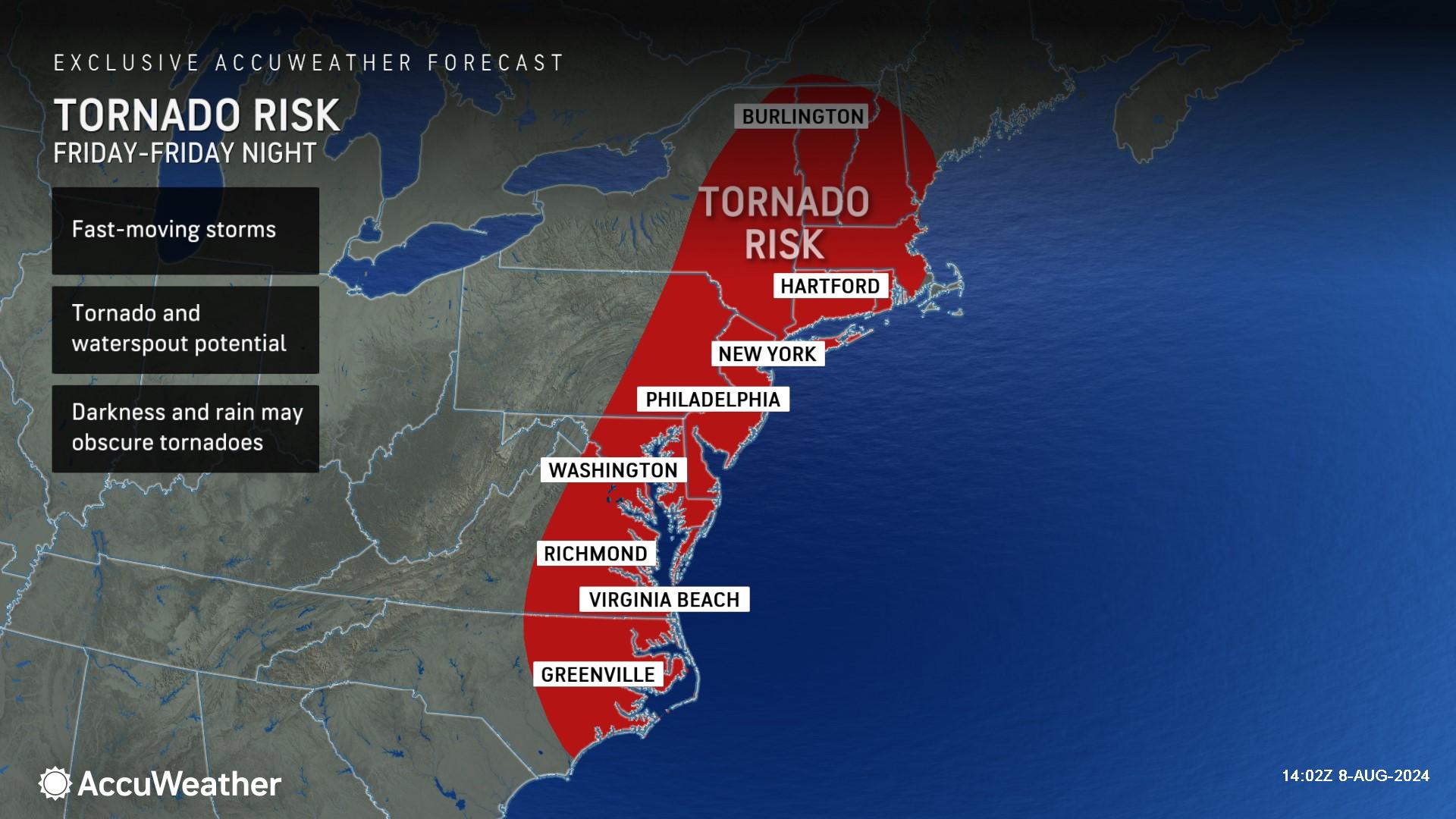
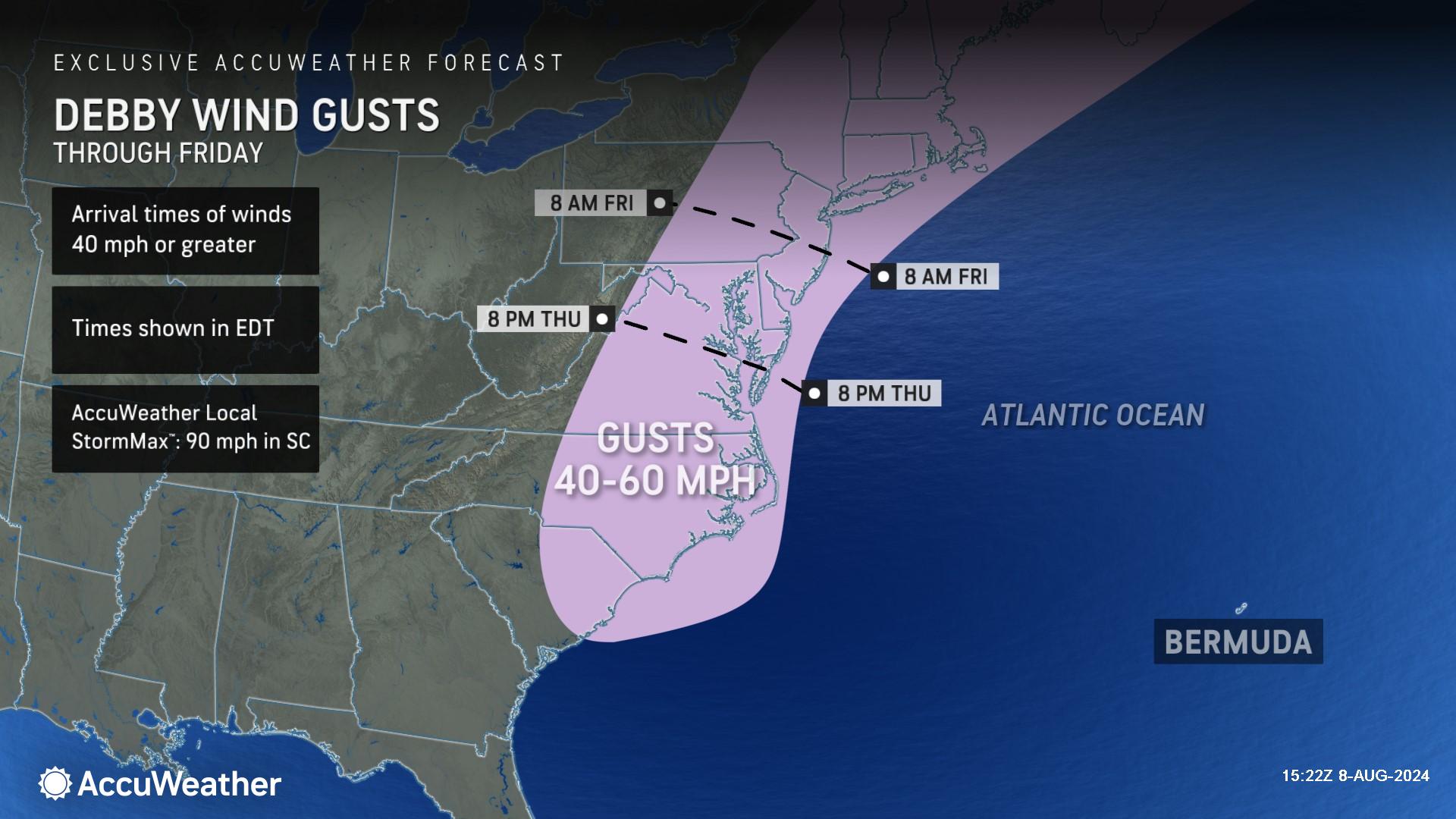
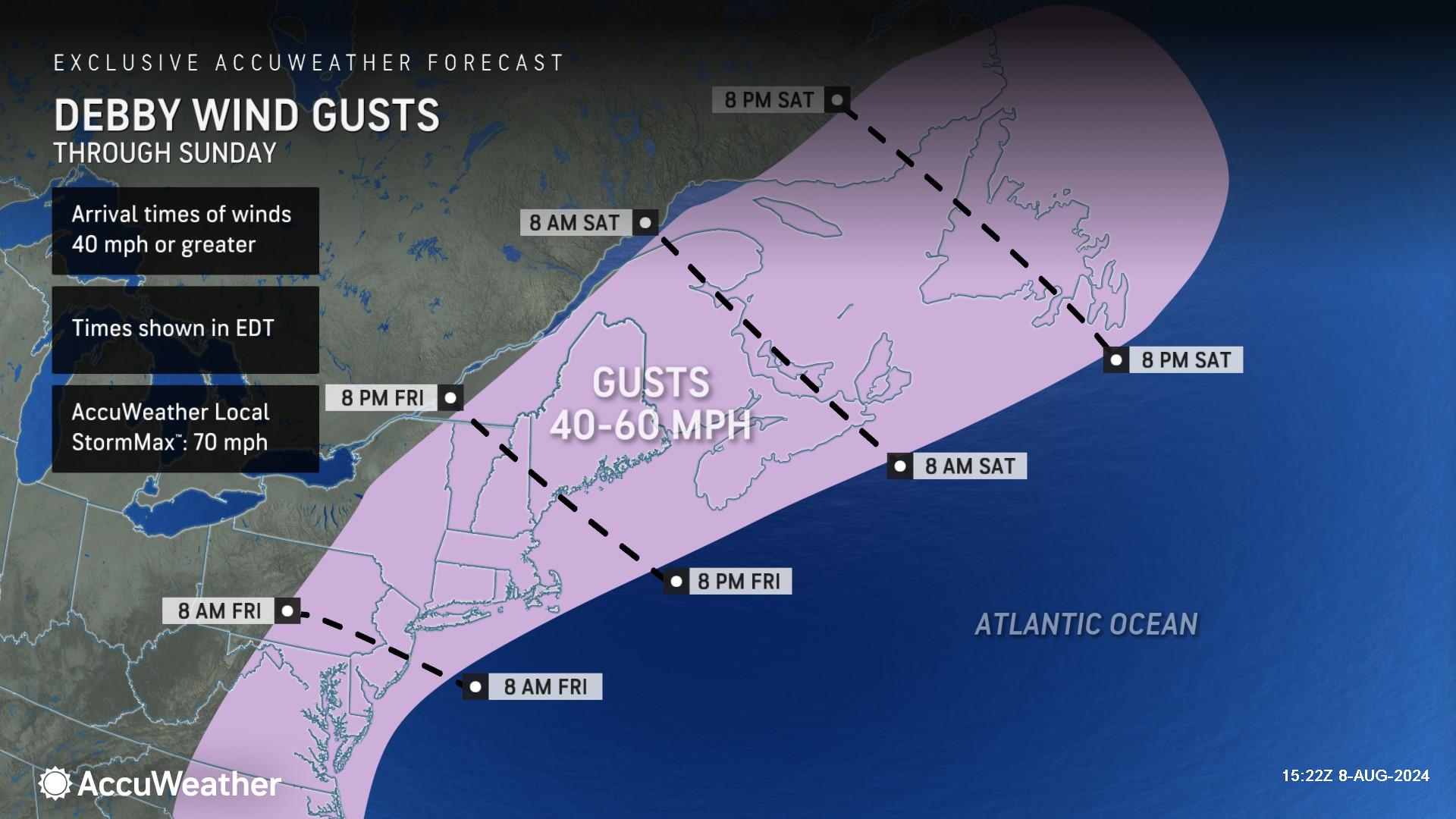
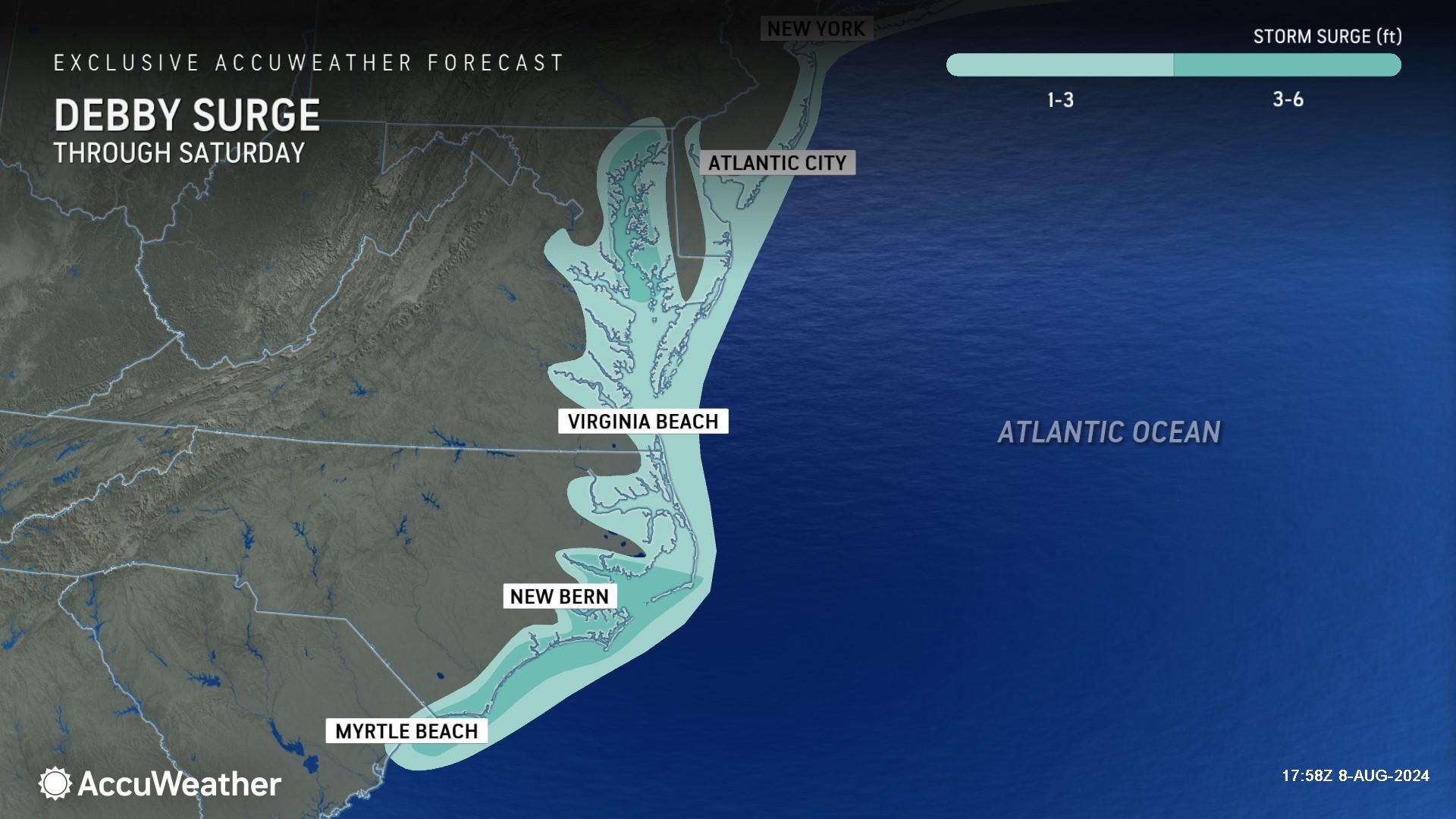
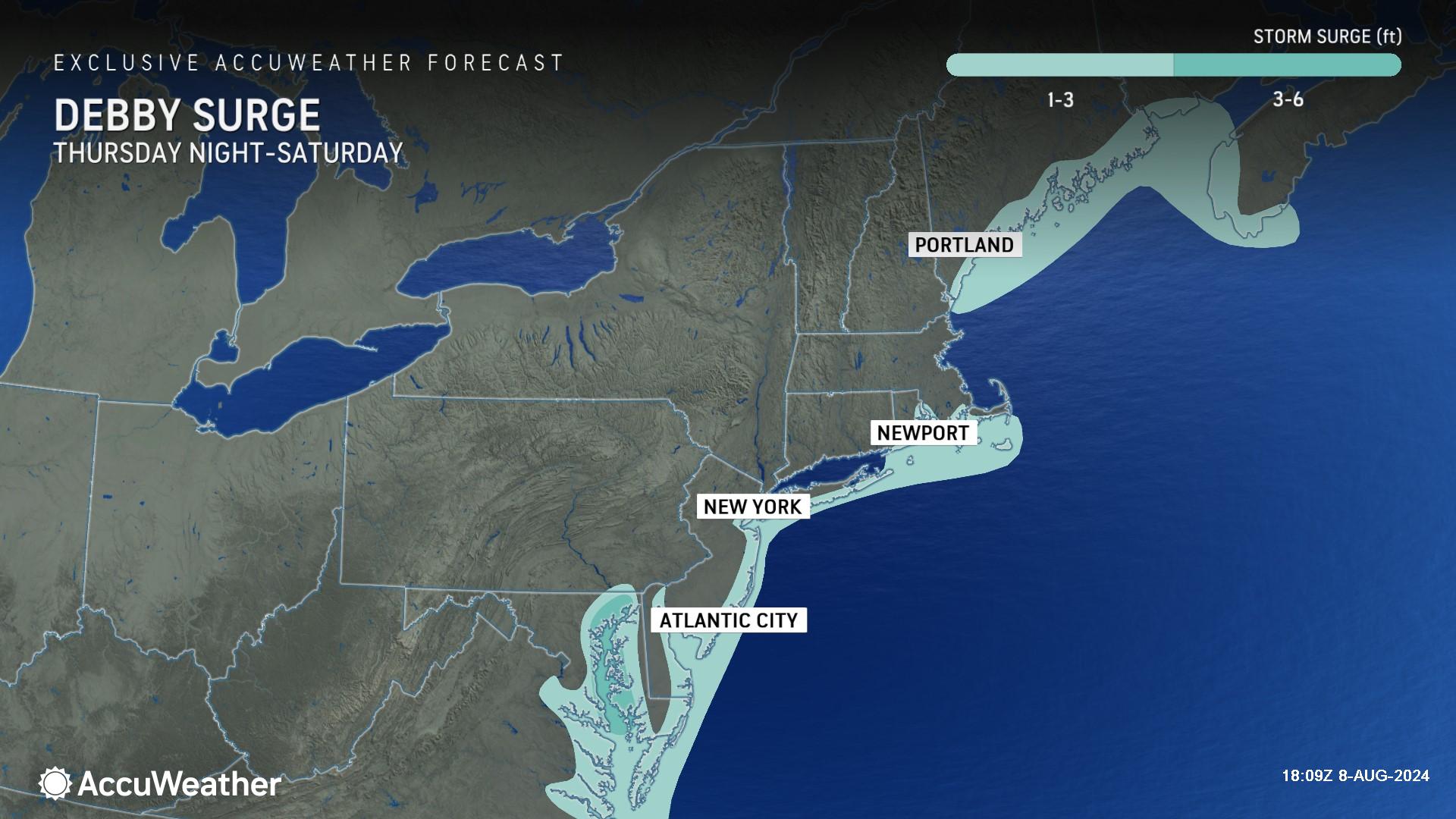
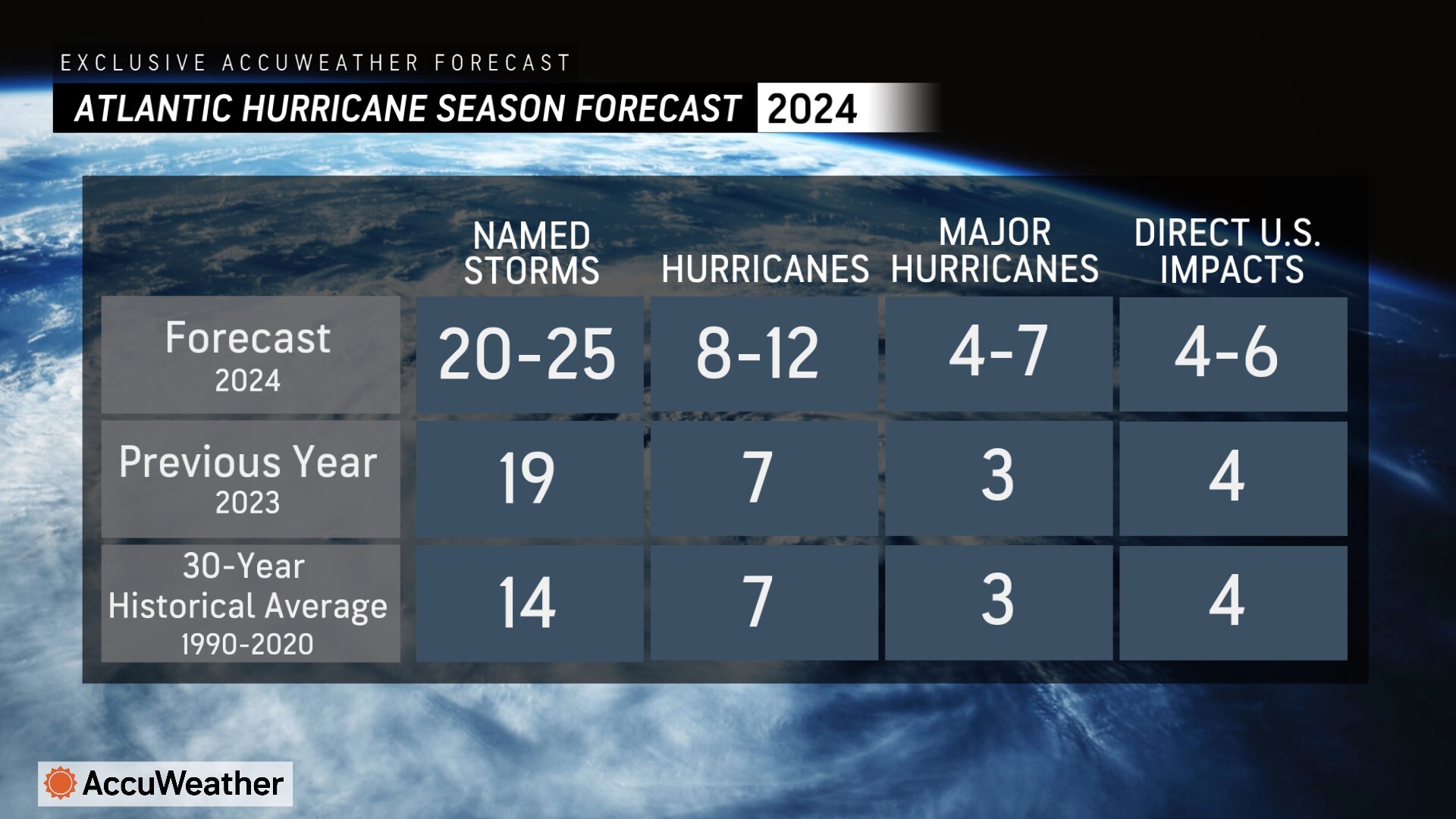
Additional AccuWeather Resources:
Flooding and tornado threat: Debby threatens Northeast US including I-95 zone from DC to NYC, Boston
Tropical Storm Debby's second landfall preceded by flooding, deadly tornado in North Carolina
AccuWeather Hurricane Tracking & Storm Radar
Hurricane season: AccuWeather's guide for first-timers
How to use a generator safely after a hurricane strikes
AccuWeather Forecasts Explosive 2024 Hurricane Season
Rapidly Intensifying Hurricanes Near Coastline Pose Major Threat To US This Season














